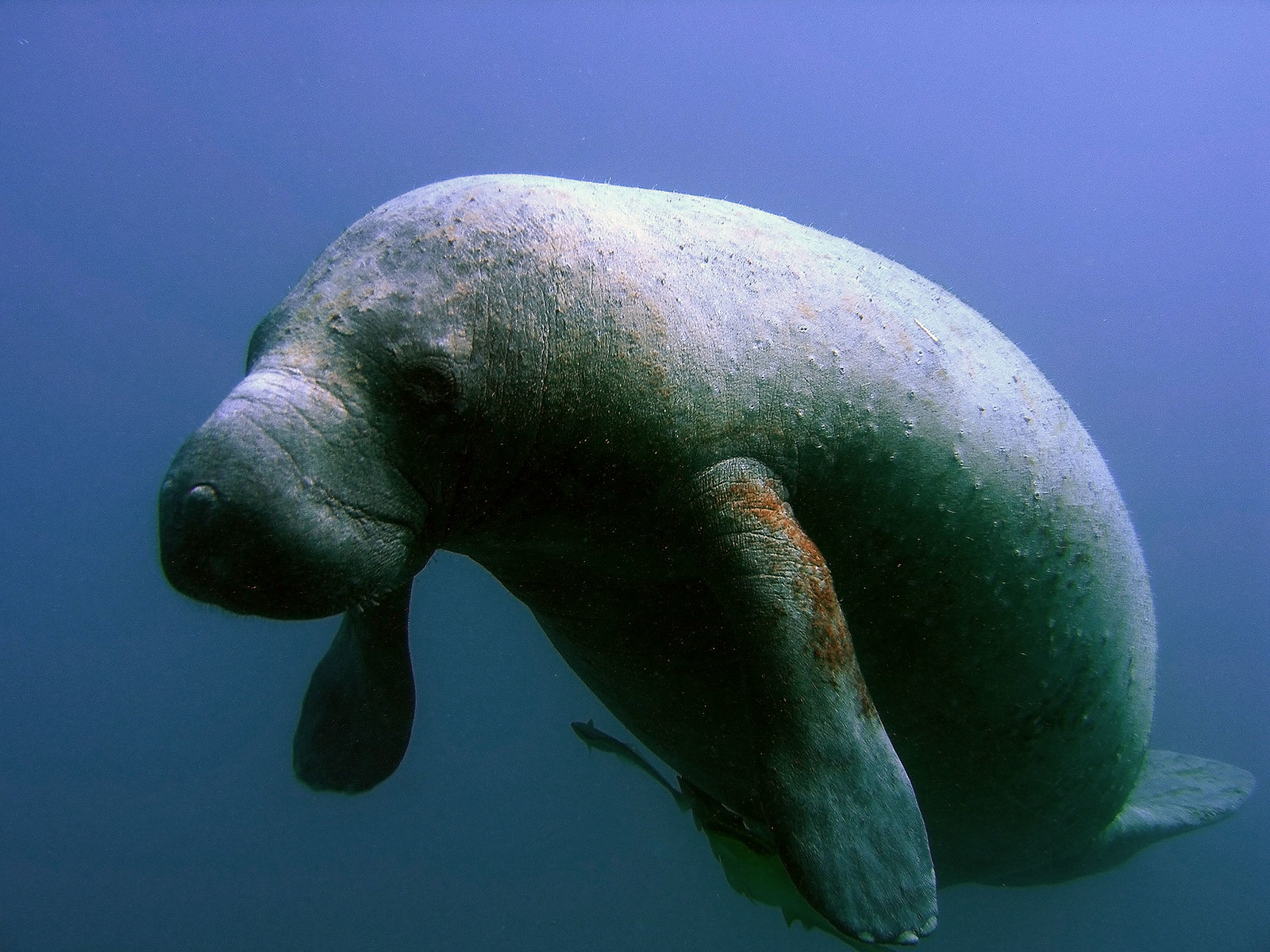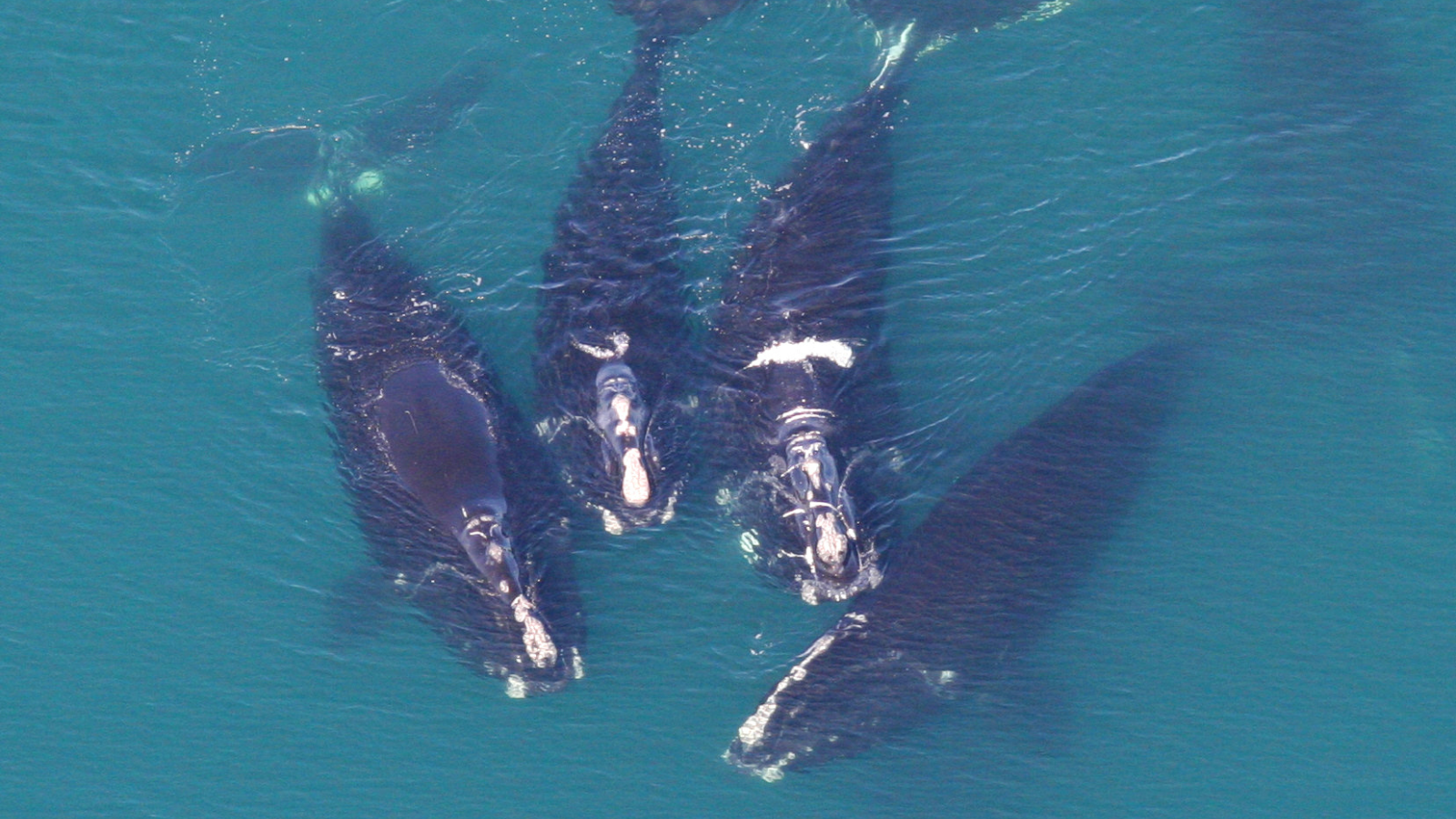
To save Florida’s reefs, we need more Marine Protected Areas
The Florida Keys Reef System has been showing signs of ecological collapse for years. Time is running out to save Florida’s coral reefs so the FWC must get these protections right the first time.
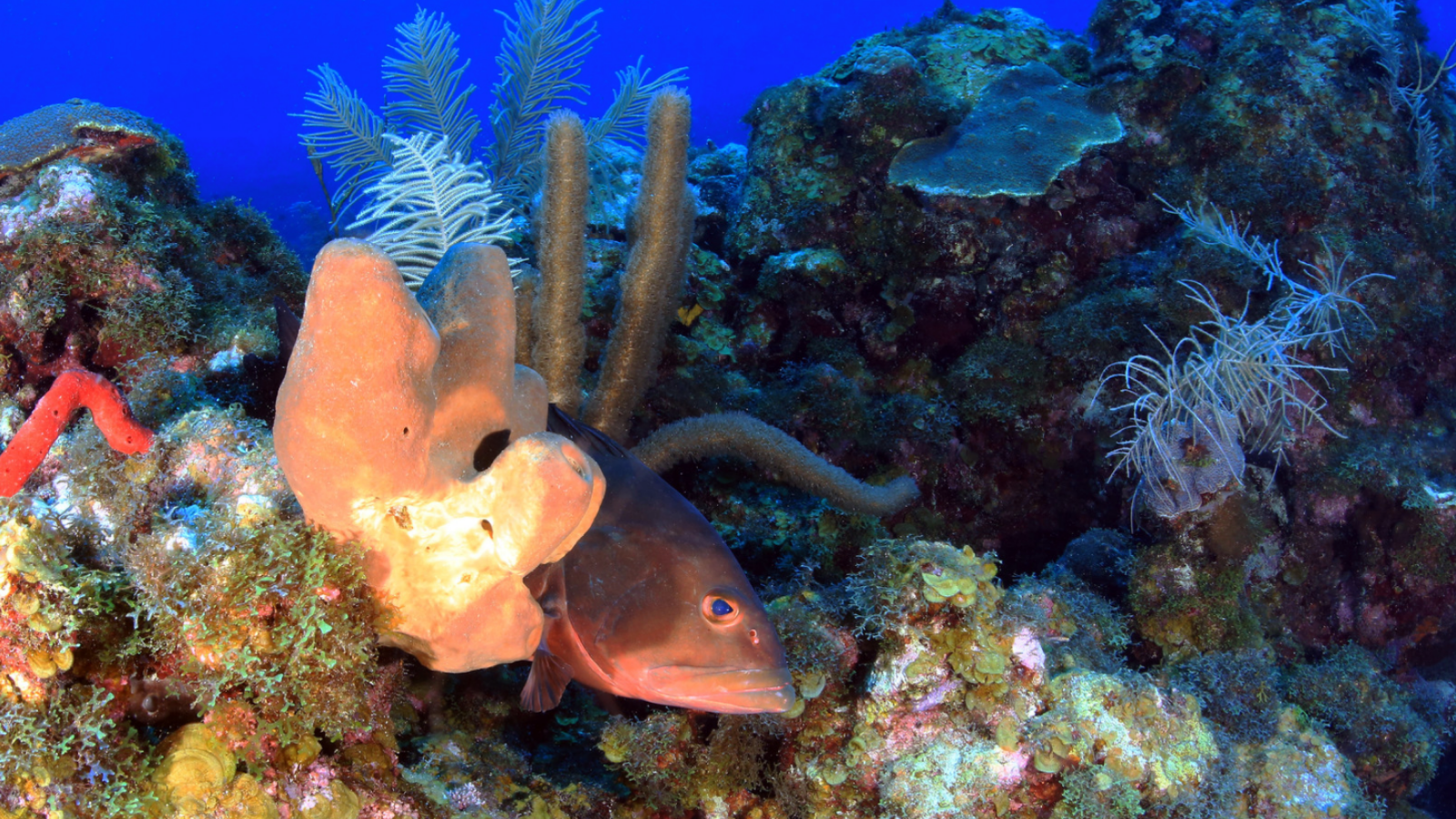
Jackson Oberlink, Protect our Oceans Organizer
The Florida Keys Reef System has been showing signs of ecological collapse for years. The Floridians who depend on the reefs for their livelihoods are increasingly concerned that the impacts of human activity and climate change may soon turn these biodiversity hotspots into barren marine deserts. As a native Floridian, an angler, and a scuba diver, the Florida Keys Reef System holds a special place in my heart and I’m terrified of a future where it no longer exists.
I recently had the opportunity to testify in front of the Florida Fish and Wildlife Conservation Commission (FWC) about the need to create a no-take zone in a marine area called the Western Dry Rocks. The Western Dry Rocks, a fish spawning hot spot for a wide variety of important species including the endangered Nassau grouper, is a reef off the coast of Key West that plays a critical role in repopulating fisheries in the Florida Keys. Unfortunately, due to overfishing, the once-productive reef is dwindling in species size and density. Fishing guides, ocean advocates, and the local community have come together to ask the FWC to protect this area. The Western Dry Rocks represent a one square mile area that could make a significant difference in fish populations across the entire reef system if protected.
Environment Florida supports a year-round closure to maximize rebuilding fish populations at this site and others that receive fish larvae and juveniles from Western Dry Rocks. At a minimum, a seven-month seasonal closure of this area is needed to protect important fish spawning aggregations. The no-take regulations within marine reserves protect young and spawning fish, resulting in larger and denser populations of fish when compared to areas with open fishing. An increased population within the Western Dry Rocks will also repopulate surrounding reefs and waters.
During the workshops, there was overwhelming support from both conservation advocates and local fishermen, an atypical alliance. Most who testified requested that the FWC implement the maximum protections possible for the Western Dry Rocks. At the time of the workshops, the FWC had only proposed a two-month closure. This closure would not adequately protect the multitude of species that live in the Western Dry Rocks during peak spawning. Time is running out to save Florida’s coral reefs so the FWC must get these protections right the first time.
Here is a piece of my testimony to the FWC Commissioners:
“I was born and raised in tropical South Florida. I’m one of the lucky few that get to claim this paradise as home. Growing up, my family would take frequent trips to the Florida Keys to spend quality time with each other fishing, swimming, and snorkeling on the incredible coral reefs. I remember clinging to my dad’s back as a little kid as we floated over the coral reefs. I would peek my head in the water to look at what I called the “underwater fireworks”. There I would see eagle rays gliding through the sandy flats, moray eels peeking their heads out of holes in the coral, and thousands of tropical reef fish of all shapes and colors. It is thanks to experiences like these that, I became a scuba diver. I aimed to spend as much time as humanly possible in this vibrant underwater world. Year after year my family would return to go fishing, snorkeling, and scuba diving in the same spots and I began to notice a change. The thousands of reef fish that I had grown up seeing were beginning to dwindle, the colorful corals that I was used to were becoming a monochromatic white, and the reliable fishing spots that we had returned to for years were drying up.
As I got older, I was coming to terms with the impact that humans were having on these fragile marine ecosystems and I understood that we had to make a change. As stewards of this ecosystem, the Fish and Wildlife Conservation Commission have an opportunity to make that change and help preserve the Florida Keys National Marine Sanctuary for generations to come.”
After the virtual workshops concluded with overwhelming public support for a longer closure period, the FWC increased their proposed closure period from two months to four months. This was a sign that the public pressure was working. The commissioners had heard from the stakeholders that two months just wasn’t enough and they needed to do more. On Friday, February 26th, the FWC officially voted to close the Western Dry Rocks to all fishing from April through July annually. While it wasn’t the win that we were hoping for, it was a step in the right direction toward a healthier future for the Florida Keys National Marine Sanctuary.
Moving forward, we know that the protection of Florida’s coral reef ecosystems is a top priority not just for conservationists like myself, but also for the fishermen who rely on the reefs for their livelihoods. When we work together, our voices are stronger and it becomes harder for decision-makers to ignore.
Topics
Find Out More

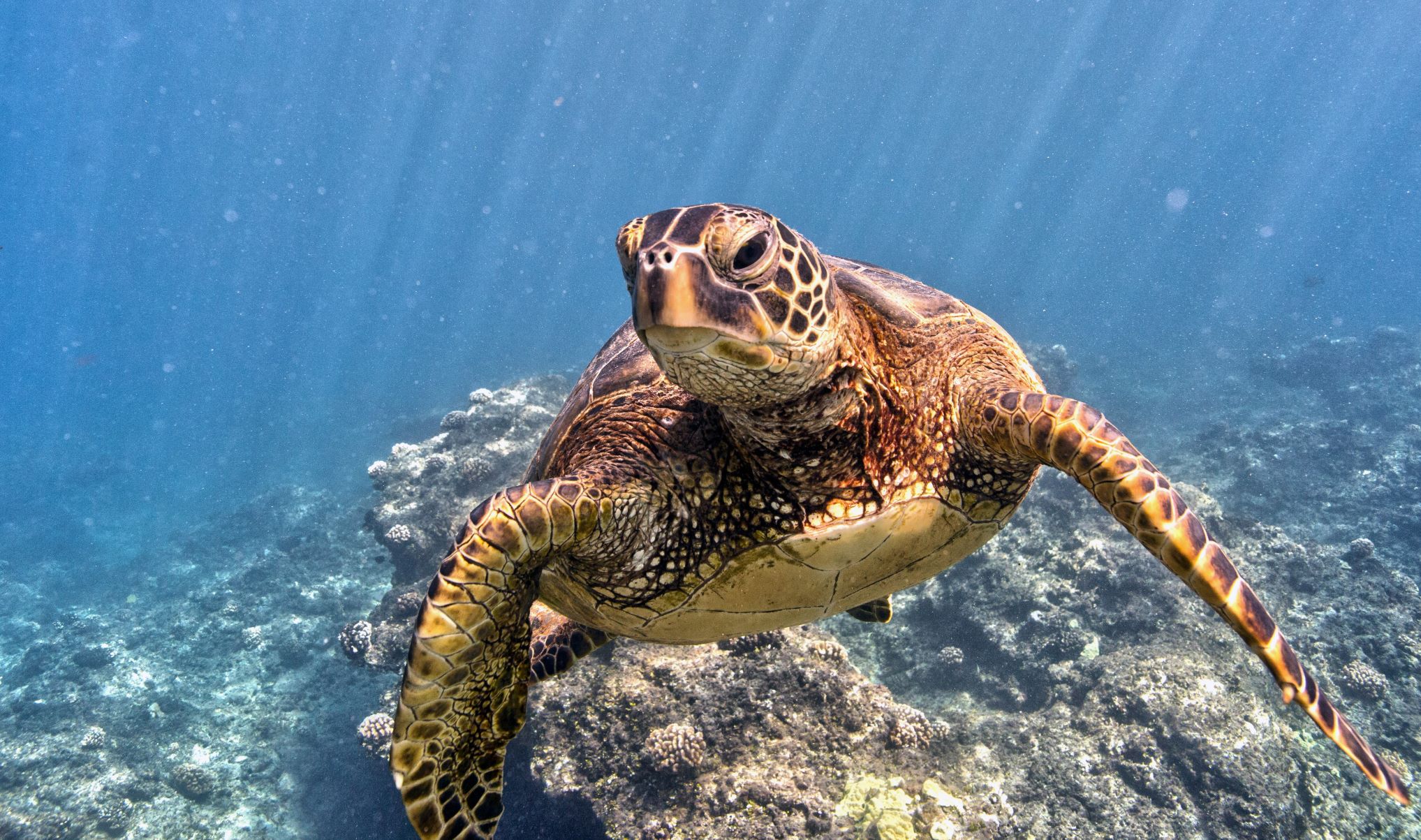
Marine protected areas are the best hope for the ocean – but only if the protections are real
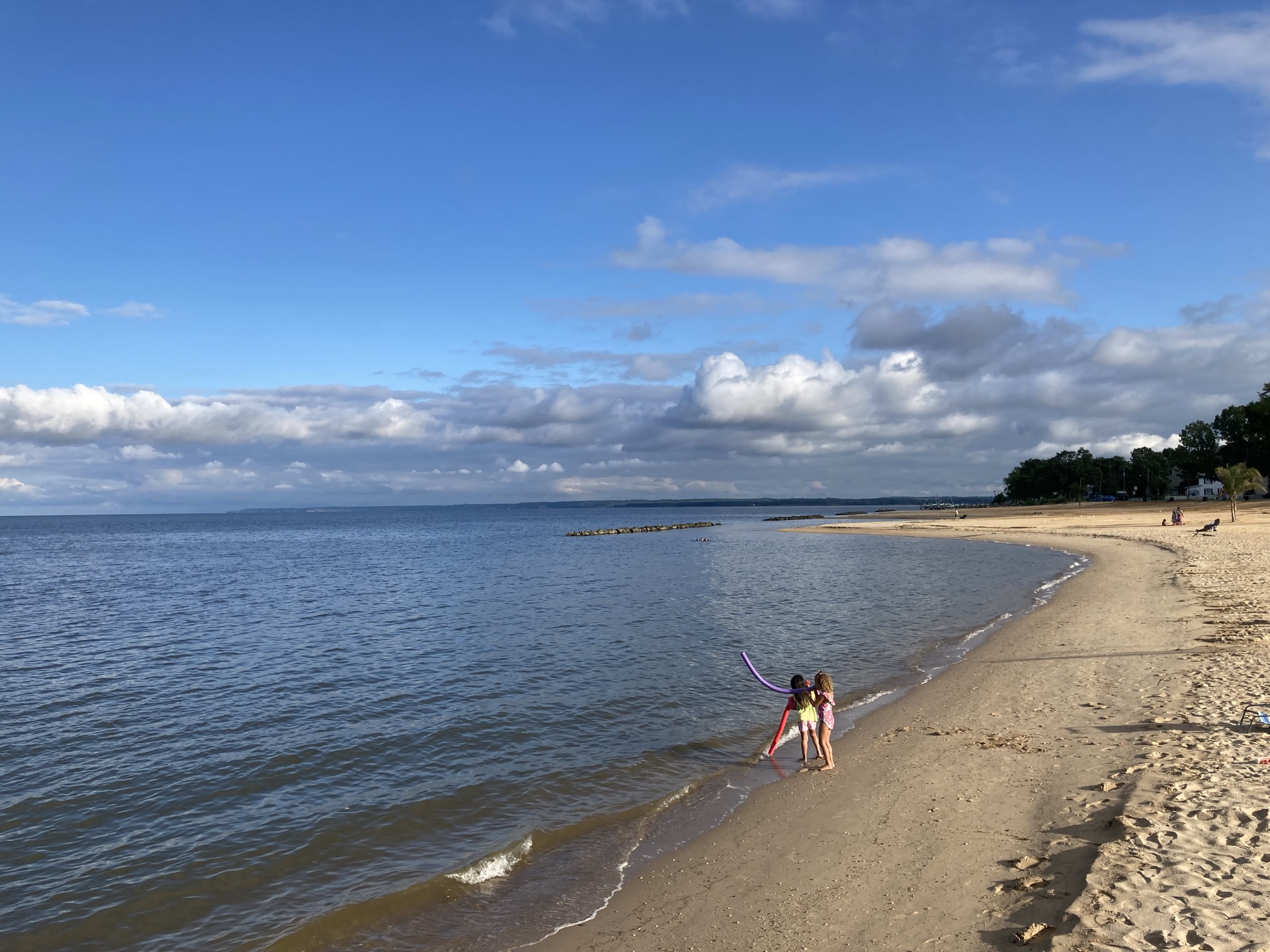
Has PFAS contaminated your beach?
